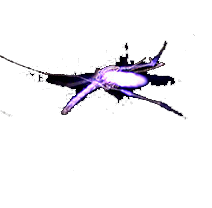
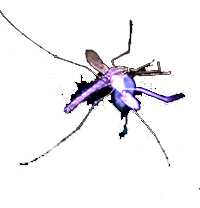
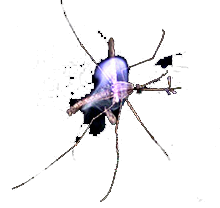
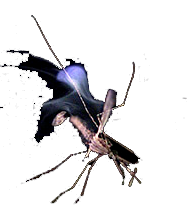
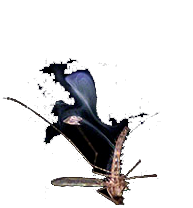
The Photonic Fence is poised to revolutionize response to and monitoring of harmful insect incursions in agriculture, hospitality, government, military and residential pest control markets.
The Photonic Fence monitors insects in flight and eliminates those identified as targets by shooting them down with a micro-burst of laser energy. The Photonic Fence also holds the potential to create entirely new methods of entomological study.

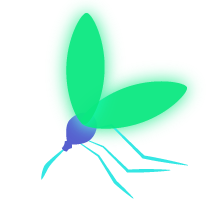

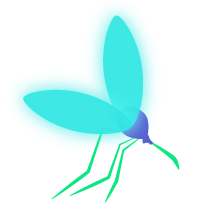
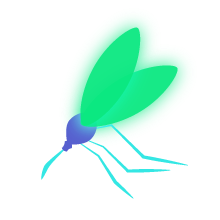
We are proud to introduce our first product! The Photonic Fence Monitoring Device is designed to track the flight of insects in order to enable more detailed study of flight behavior than is possible with current equipment and software tools. The PFMD’s first application is in testing the design and effectiveness of vector control measures against mosquitos. Our goal is to accelerate the work being done to design better bed nets, repellants, attractants, and other measures to prevent mosquitos from biting humans and spreading disease.
The PFMD is also able to track other insects, such as bees and flies, ranging in size from approximately 4 mm up to 40 mm or more. The data can be collected on a continuous 24/7 basis for days at a time and then visualized and analyzed through a cloud-based, online researcher interface. We anticipate that the use of the PFMD and these related analysis tools will revolutionize the field of entomological study of flying insects!
The PFMD is available for pre-order now. Please contact us to place your order. Detailed Specifications for the device can be found here and additional information regarding device configuration can be found here.
To access the online researcher interface for the PFMD, click here.
Our core focus and driving inspiration throughout our existence has been the goal to create a device that not only monitors insects, but also identifies the undesirable insects and selectively shoots them down using lasers. We call this a “Photonic Fence” because it uses photons to protect a defined area from insect incursion. We built several prototypes of this device and continue to test and improve these as we work towards introducing the lethal Photonic Fence.
Photonic Fence is poised to revolutionize response to and monitoring of harmful insect incursions in agriculture, hospitality, government, military and residential pest control markets.
The Photonic Fence team is an interdisciplinary group of different backgrounds and expertise, dedicated to the cause of pesticide-free vector control to reduce insect-borne disease and destruction.
At Photonic Sentry we’re working to revolutionize the world’s approach to insect control – protecting humans, animals and plants from harmful flying pests that transmit disease and destroy crops. We are building a device we call the Photonic Fence – designed to track insects in flight, identify whether they’re harmful or benign and disable the harmful ones by shooting them down with lasers. Developed with support from the Bill and Melinda Gates-backed Global Health Labs and previously the Global Good Fund.
We’re looking for a few motivated, resourceful and experienced people to add to our burgeoning team. Key to your success at Photonic Sentry will be the ability to operate within a flexible, fast-paced development program and an unstoppable drive to make the world a better place. Open positions are listed below. If you don’t see an obvious fit or there are no positions currently listed but are convinced that you need to help us rid the world of insidious pests, send in your resume! We’re always interested in making contact with talented and experienced people. Even if you're not looking for work right now, it's good to stay in touch. To apply, simply send your resume to us here.
Funding for Photonic Fence development is provided by Global Health Labs, and was previously provided by the Global Good Fund.

© 2020 Photonic Sentry, LLC and its licensors. Trademarks and Service Marks are the property of Photonic Sentry, LLC. All rights reserved.